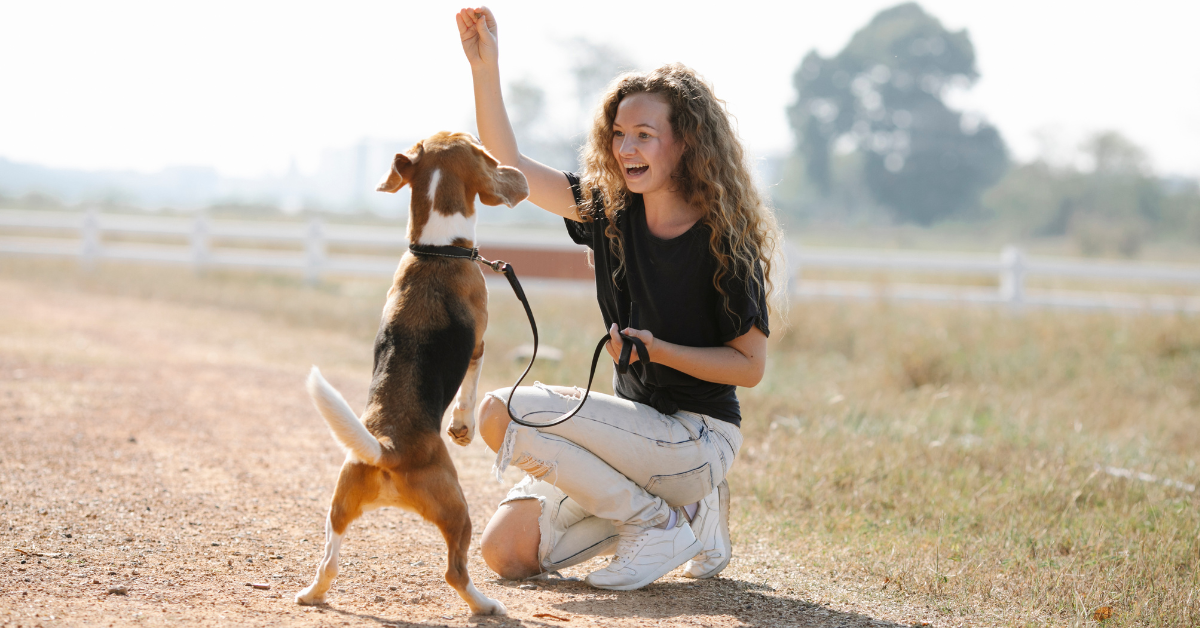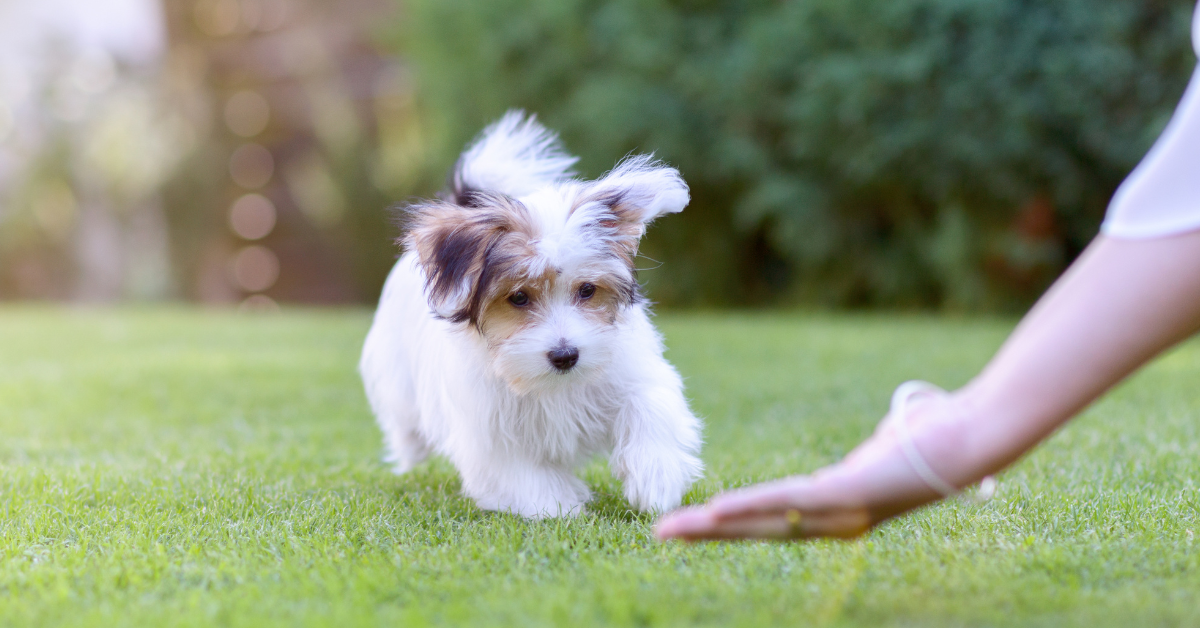Introduction
How to Get a Dog to Listen When Distracted. Dogs are undoubtedly our best friends, but getting them to listen, especially when distracted, can be a challenging feat. Many dog owners find themselves frustrated when their furry companions seem more interested in the world around them than in following commands. In this article of How to Get a Dog to Listen When Distracted, we’ll delve into effective strategies to tackle this common issue and ensure your dog listens attentively, even in the midst of distractions.
Understanding Canine Distractions
Dogs, by nature, are curious and easily captivated by various stimuli in their environment. From enticing scents to the allure of other animals, distractions come in various forms. Recognizing these distractions is the first step in addressing the challenge of getting your dog to listen [How to Get a Dog to Listen When Distracted].
Importance of Training Amid Distractions
Training your dog in distracting environments is not just a luxury but a necessity. Imagine calling your dog back to you in a bustling park or when surrounded by other playful dogs. The ability to command your dog’s attention in such situations ensures their safety and your peace of mind.
Positive Reinforcement Techniques
One of the most effective ways to get your dog to listen amid distractions is through positive reinforcement. Dogs respond well to rewards, whether it’s a tasty treat, verbal praise, or a favorite toy. This positive association encourages them to repeat the desired behavior.
Read more blogs : Is Lane Splitting Legal in Virginia?
Consistency in Commands
Consistency is key in dog training. Use the same commands consistently, regardless of the environment. Dogs thrive on routine and will better understand what is expected of them when commands remain constant.
Gradual Exposure to Distractions
Attempting to train a dog in a highly distracting environment from the outset can be overwhelming. Instead, introduce distractions gradually during training sessions. Start in a controlled setting and incrementally increase the level of distraction as your dog becomes more adept at listening [How to Get a Dog to Listen When Distracted].
Engaging Activities during Training
Make training sessions enjoyable for your dog by incorporating interactive activities. Engage in games that stimulate their mind and encourage them to focus. This not only makes the training process more enjoyable but also strengthens the bond between you and your furry friend.
Building a Strong Bond
A strong bond between you and your dog fosters better obedience. Spend quality time with your pet outside of training sessions, reinforcing the idea that listening to you is rewarding and enjoyable for them.
Understanding Dog Psychology
Every dog is unique, and understanding their individual psychology is crucial for effective training. Tailor your approach based on your dog’s personality, attention span, and specific triggers [How to Get a Dog to Listen When Distracted].
Training Tools and Aids
Numerous tools and aids are available to assist in dog training. From clickers to harnesses designed to discourage pulling, choose tools that align with your training goals and your dog’s comfort.
Patience and Persistence
Patience is a virtue, especially in dog training. Results may not be instantaneous, and some dogs may require more time than others to master commands amid distractions. Stay persistent, and you’ll reap the rewards of a well-trained, attentive canine companion [How to Get a Dog to Listen When Distracted].
Avoiding Negative Reinforcement
Negative reinforcement can have detrimental effects on a dog’s behavior, potentially leading to fear or anxiety. Instead of focusing on what your dog does wrong, redirect their behavior and reward positive actions.
Real-life Success Stories
Take inspiration from fellow dog owners who have successfully navigated the challenges of distraction training. Their stories serve as a reminder that with dedication and the right approach, any dog can learn to listen in distracting situations.
Common Mistakes to Avoid
Avoiding common pitfalls is essential for successful distraction training. Some mistakes include inconsistent commands, overly long training sessions, and using punishment as a primary training method. Be aware of these errors to ensure a smoother training journey for you and your dog [How to Get a Dog to Listen When Distracted].
Conclusion
In conclusion, training your dog to listen when distracted requires a combination of patience, positive reinforcement, and a deep understanding of your furry friend’s needs. By following the outlined strategies and learning from the experiences of other dog owners and How to Get a Dog to Listen When Distracted, you can transform training sessions into enjoyable bonding moments and cultivate a well-behaved, attentive dog.
How to Get a Dog to Listen When Distracted – FAQs
Training duration varies, but consistency and patience are key. Some dogs may catch on quickly, while others may require more time.
Choose treats that your dog finds irresistible. Experiment with different options to discover what motivates your pet.
It’s never too late to train a dog. While puppies may learn faster, older dogs can still adapt with the right training techniques.
While professional trainers can be beneficial, many dog owners successfully train their pets at home using positive reinforcement methods.
Gradual exposure and positive reinforcement can help reduce anxiety. Consult with a veterinarian for additional guidance if needed.





